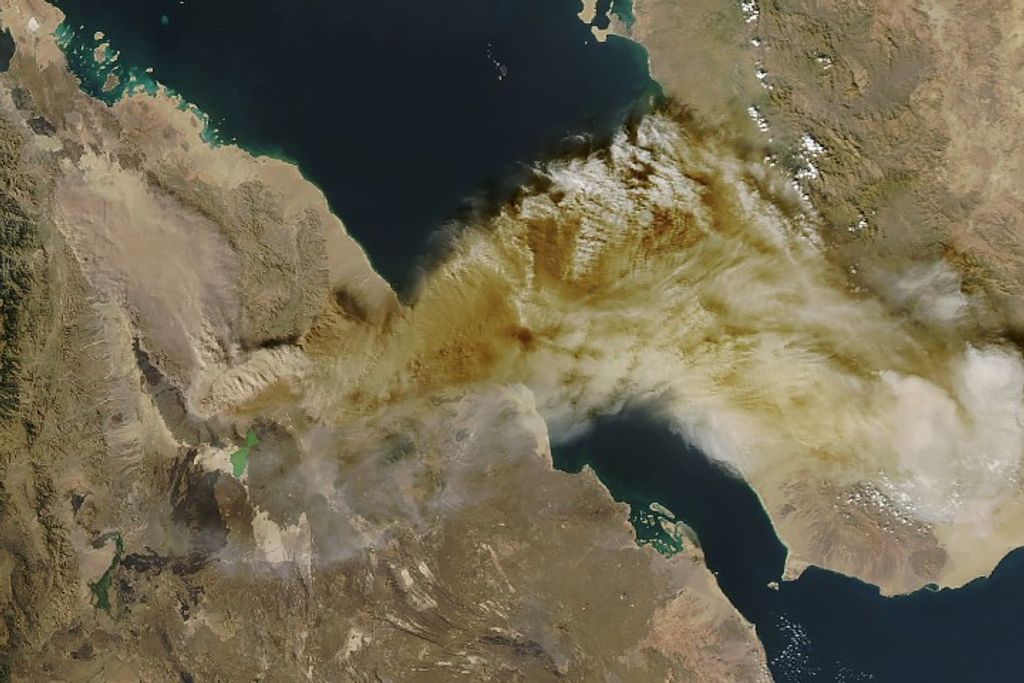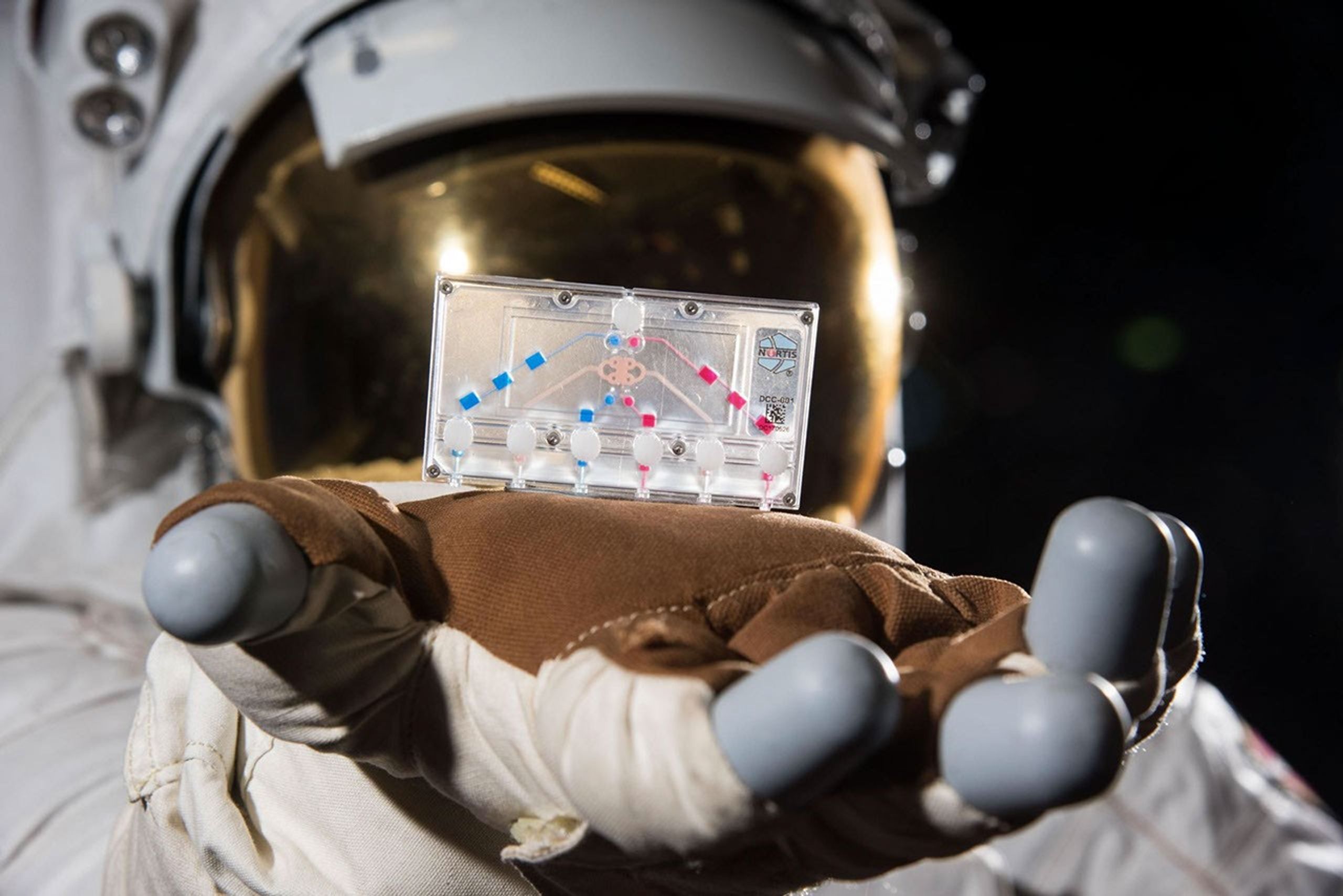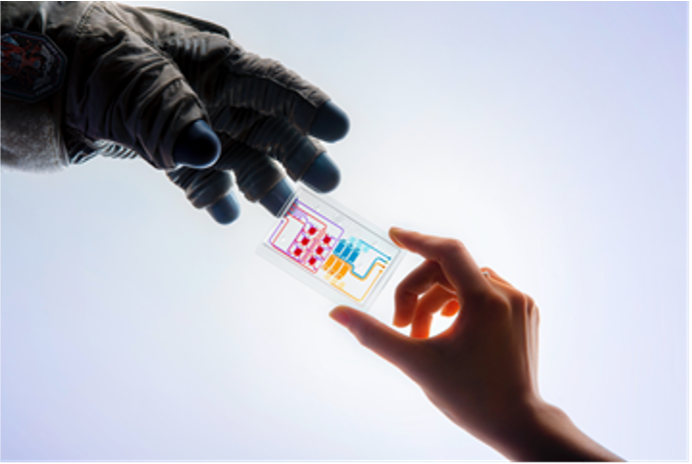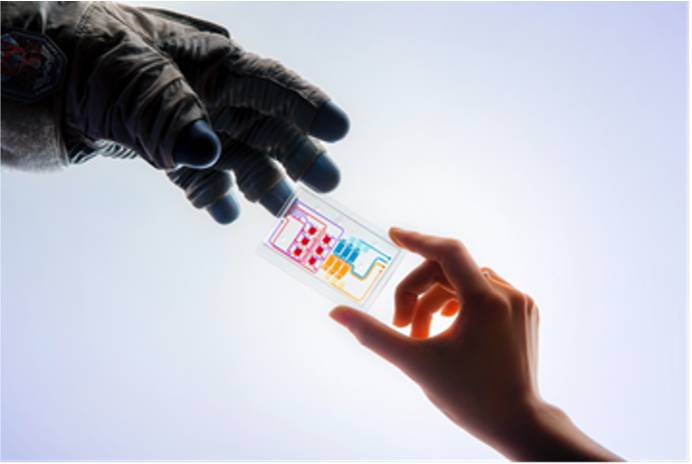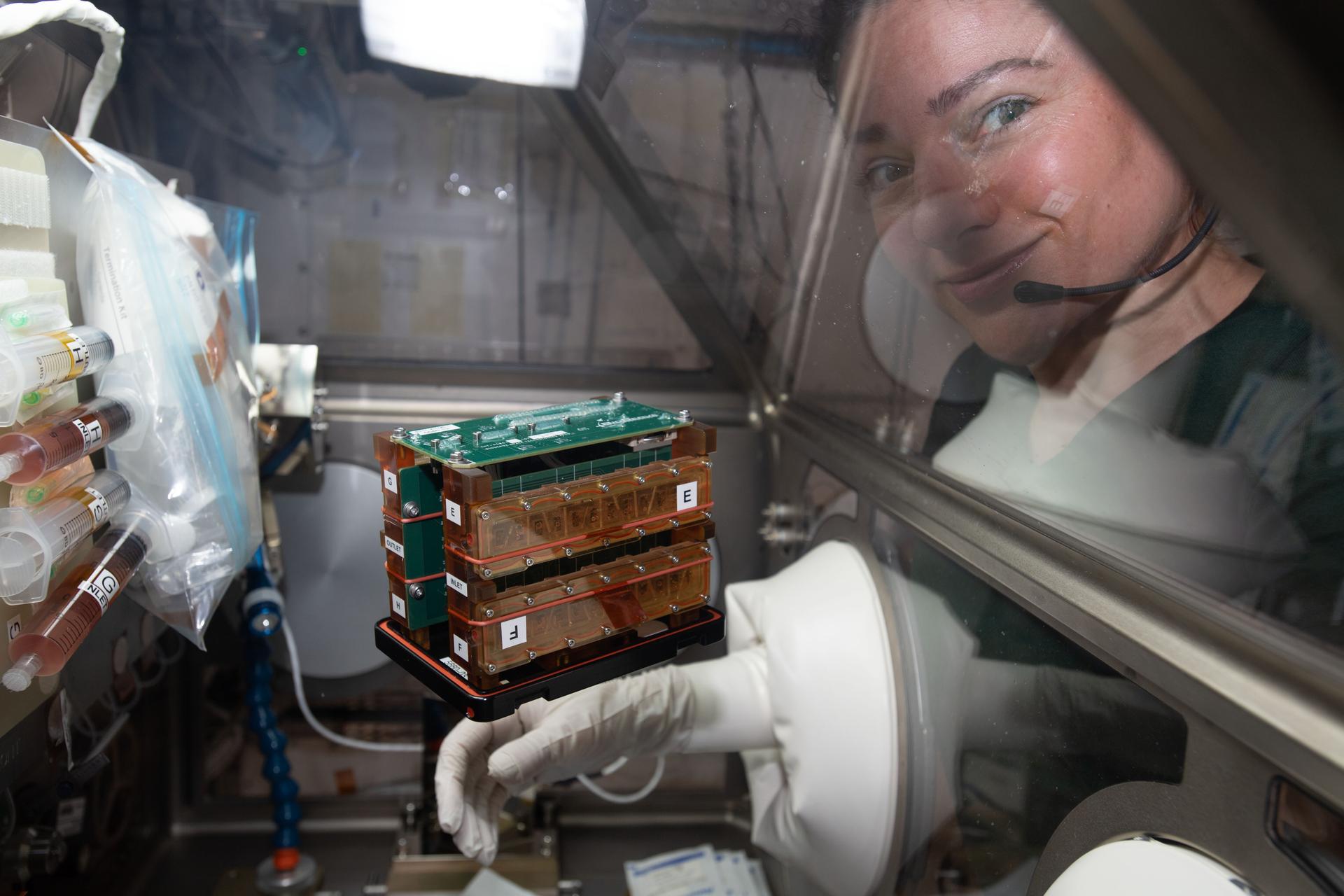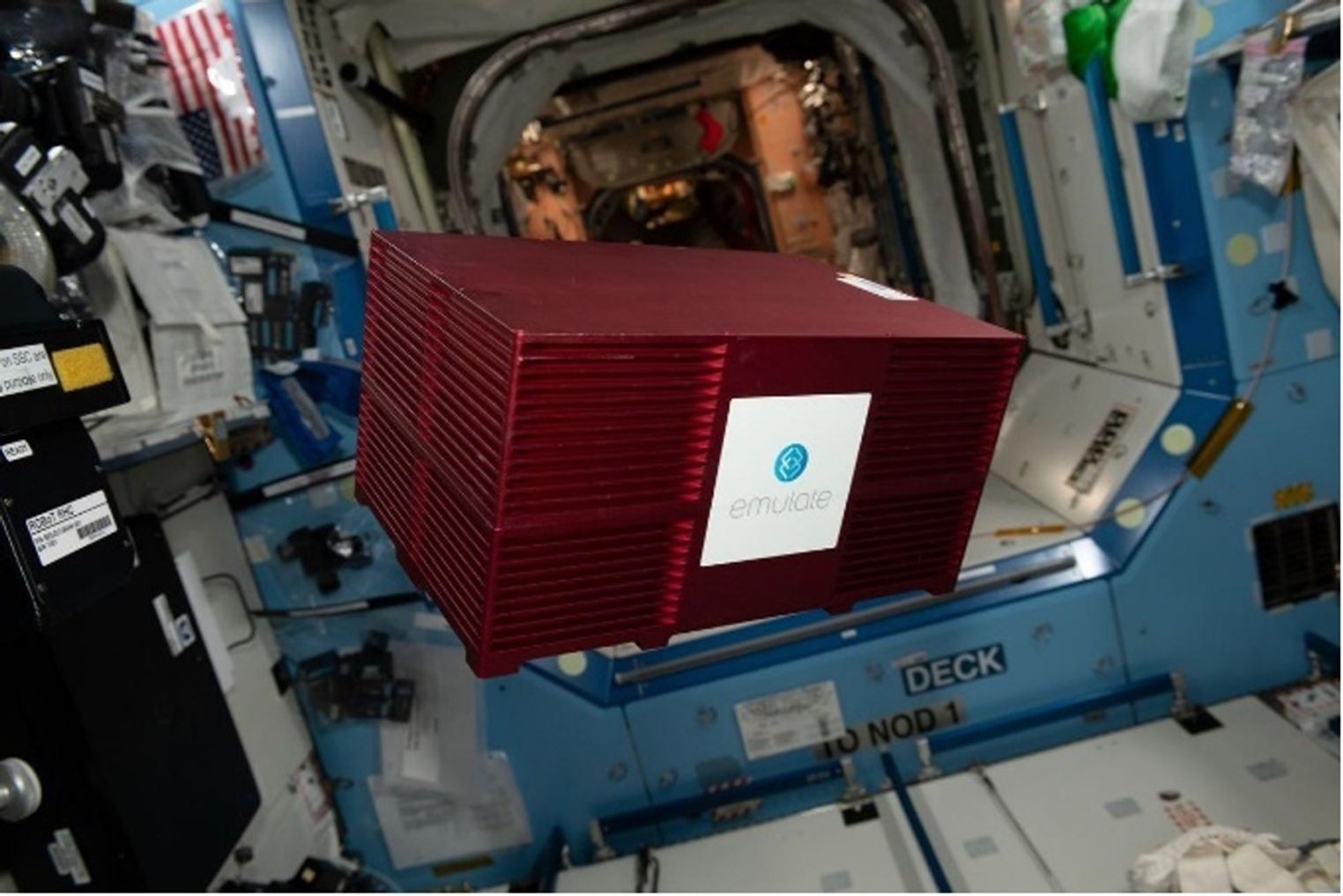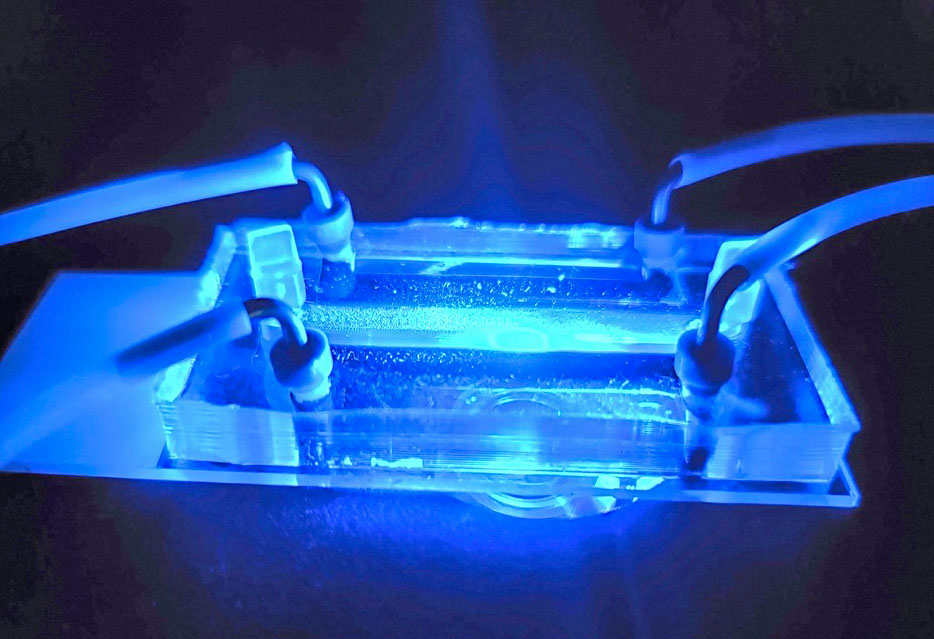“Avatars” Making Big Strides in Precision Health Care
A Model of a Human Organ That Fits in the Palm of a Hand
Genetics are “fingerprints” that do more than determine our outward appearance, such as eye color and height — they also affect how our bodies react to various types of diseases and medications. So, imagine if small devices, called organ-chips, which are roughly the size of a credit card or USB drive, could be used to predict how your body might respond to a specific medical treatment.
Organ-chips are small avatars for human organs. These chips contain cell cultures that model the structures and functions of specific human tissues and organs, such as the lungs, heart, pancreas, and liver. They can also be linked together to mimic entire human systems.
Known by various names — such as organ-on-a-chip, tissue chips, tissue-on-a-chip, microphysiological systems (MPS), and 3D tissue chips — these devices usually function for about 30 days. However, NASA and other research organizations are working to extend their lifespan to allow scientists to study the longer-term effects of diseases and treatments.
Where Do the Tissues Come from and Why Do We Study Them in Space?
Organ-chips can be made from adult human cells donated by volunteers and patients. They’re created from a blood draw, skin cells, or stored cell cultures. These cells are converted to induced pluripotent stem cells (iPSCs) that can become nearly any type of cell in the human body.
Researchers culture iPSCs in an organ-chip — an engineered environment similar to the human body — to create miniature avatars of the human organ they’re interested in studying.
Since organ-chips are made directly from human cells, they are considered more accurate models for comparing scientific and biomedical data. They can be used to understand how and why the human body adapts to changes in the spaceflight environment and other extreme conditions.
Sending organ-chips beyond the protective shield of Earth’s Van Allen Belts enables researchers to study the effects of extreme stressors, particularly radiation, on human cells without putting humans at risk.
Health Benefits from the Ground to the Stars
Organ-chips are being used by NASA and other researchers today — and could contribute to big leaps in precision health care, including a deeper understanding of human biology and disease, preventative measures for disease, and personalized therapeutic treatments.
For example, on Earth, cancer, which has both environmental and genetic components, affects lives around the world and is among the leading causes of death. Researchers are using organ-chips as an essential scientific tool to significantly advance the discovery of how cancer cells originate, grow, and spread.
Researchers and oncologists use organ-chips today to test new pharmaceutical treatments and understand how a specific patient’s cancer reacts to different treatments. Findings and data from these studies could enable clinicians to tailor cancer treatments to individual patients and decrease the time for screening. These advancements could also reduce secondary effects of the treatments and increase quality of life.
For NASA, this research could be used to safeguard astronaut health on deep-space missions. The chips can provide insights on how deep-space stressors, including extreme radiation and microgravity, might affect astronauts on an individual level.
As we go farther and stay longer in space, crew will have limited access to on-site clinical healthcare. Therefore, it’ll be critical to understand if there are unique and specific healthcare needs of each astronaut so that we can test potential countermeasures and send the right supplies with them on missions. NASA could also potentially use this information to personalize medical kits to each crew member during long-duration missions, including the Moon, Mars, and beyond.
About BPS
NASA’s Biological and Physical Sciences Division pioneers scientific discovery and enables exploration by using space environments to conduct investigations not possible on Earth. Studying biological and physical phenomenon under extreme conditions allows researchers to advance the fundamental scientific knowledge required to go farther and stay longer in space, while also benefitting life on Earth.









